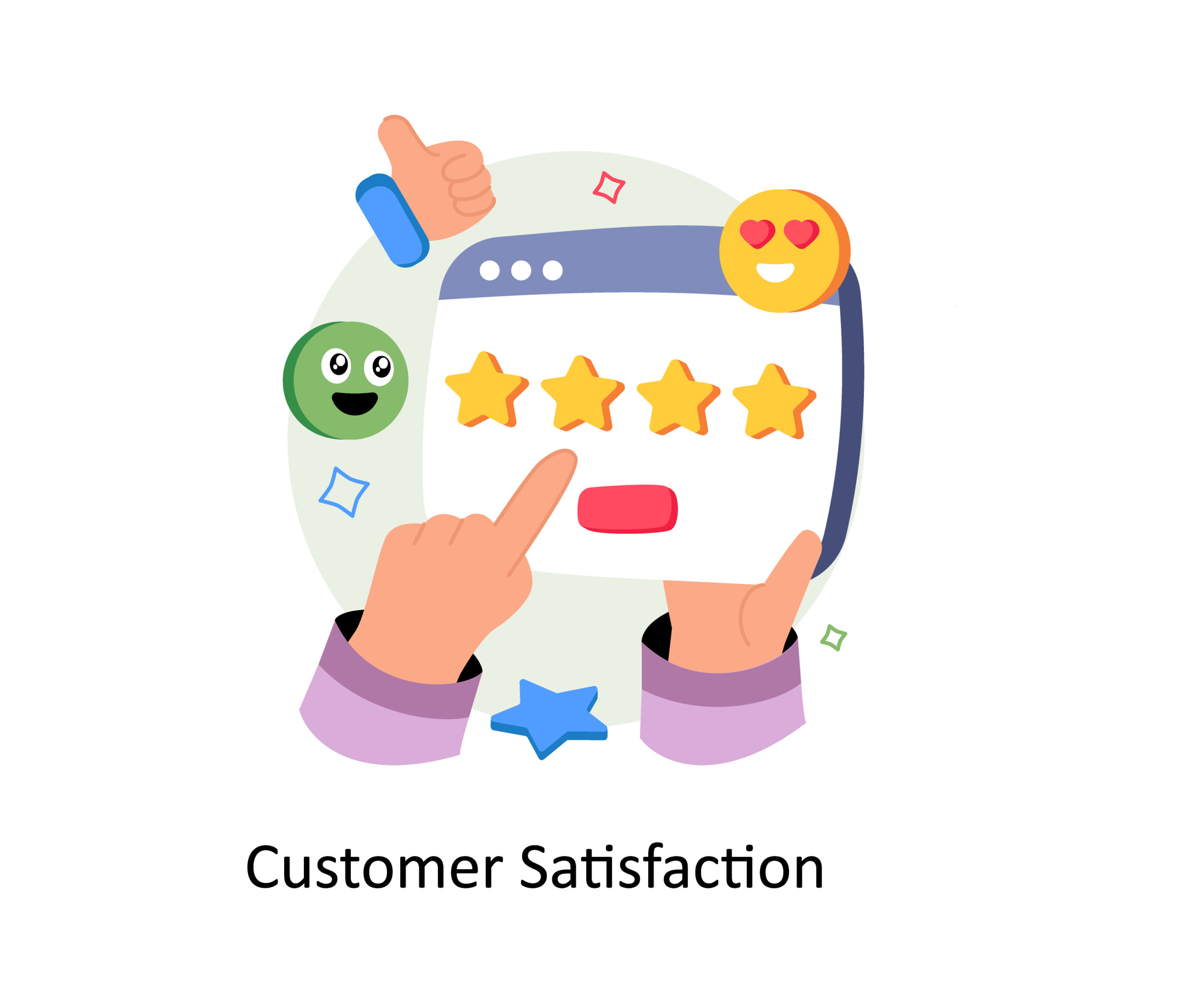In today’s competitive business environment, achieving exceptional customer satisfaction is not just desirable, it’s essential. Companies across sectors are realizing that implementing a robust performance management system is a crucial step toward improving their customer experience. By monitoring, guiding, and enhancing employee performance, organizations can directly influence how customers perceive their services. This blog will explore the many ways that performance management can drive customer satisfaction and why it should be an integral part of every company’s strategy.
Aligning Employee Goals with Customer Needs
One of the core aspects of performance management is ensuring that employee goals align with the overall objectives of the company. When these objectives include customer satisfaction, employees are more likely to operate with a customer-centric mindset. This focus ensures that employees prioritize customer concerns, resolve issues promptly, and anticipate client needs before they become problems.
Performance management systems allow for the regular review and adjustment of employee goals, ensuring they evolve as customer expectations change. This dynamic approach ensures that employees understand how their performance impacts customer satisfaction and encourages them to deliver the best possible service.
Enhanced Employee Accountability
A structured performance management system fosters an environment of accountability. Employees who know they will be evaluated based on customer service metrics are more likely to strive for excellence. Performance reviews, feedback loops, and improvement plans ensure that employees remain committed to delivering top-notch service.
This sense of accountability leads to consistent performance and reliable service, which in turn boosts customer satisfaction. Customers appreciate dependable, high-quality service, and when employees are consistently monitored and held accountable, they’re more likely to meet or exceed expectations.
Fostering Continuous Employee Development
Customer expectations are constantly evolving, and employees need to be equipped with the latest skills and knowledge to keep up. Performance management systems provide a structured way to identify skill gaps and offer targeted training opportunities. This continuous development not only enhances employees’ capabilities but also boosts their confidence in managing customer-related challenges.
As employees grow more competent, their ability to solve problems and offer high-quality service improves, which directly impacts customer satisfaction. Customers can tell when they’re dealing with knowledgeable and well-trained staff, making them more likely to leave satisfied.
Promoting Open Communication
Open communication between employees and management is crucial for improving customer satisfaction. Performance management encourages regular feedback sessions, where employees can voice concerns, seek guidance, and better understand the company’s goals and customer expectations.
By fostering a culture of transparency and regular communication, performance management ensures employees are well-informed and motivated to deliver exceptional customer service. Clear and consistent communication helps employees stay aligned with customer needs, which in turn leads to greater satisfaction.
Boosting Employee Morale and Engagement
Engaged employees tend to provide better customer service, and performance management plays a significant role in keeping employees motivated. Systems that recognize achievements, offer clear expectations, and provide career development opportunities contribute to higher employee morale.
Employees who feel valued and supported are more likely to go above and beyond to ensure customers are satisfied. This positive engagement has a direct impact on customer satisfaction, as happy employees are more likely to create positive customer experiences, solve issues proactively, and provide empathetic service.
Identifying and Rewarding High Performers
One of the significant advantages of performance management is the ability to identify and reward high-performing employees. Recognition programs, bonuses, and promotions linked to customer service performance motivate employees to maintain or improve their service quality.
When employees understand that there is a clear connection between their performance and rewards, they are more likely to continue delivering excellent customer service. This is another way performance management contributes to customer satisfaction—by motivating employees to perform at their best in customer-facing roles.
Providing Data-Driven Insights for Improvement
Performance management systems offer valuable data that managers can use to assess employee performance and customer satisfaction levels. Analyzing this data enables targeted improvements, whether refining customer service processes or offering additional training to a specific team.
A data-driven approach allows companies to make continuous improvements that directly address customer needs. This leads to better service, faster response times, and more effective problem resolution, all of which enhance customer satisfaction.
Improving Response Times and Service Efficiency
Performance management systems often track key performance indicators (KPIs) like response times and service efficiency. By holding employees accountable to these metrics, companies can significantly improve the speed and effectiveness of their customer interactions.
Focusing on speed and efficiency is a clear way that performance management can enhance customer satisfaction. Customers today expect fast, efficient responses, and a performance-driven workforce is better equipped to meet these expectations, resulting in happier, more satisfied customers.
Supporting Long-Term Customer Relationships
Finally, one of the most impactful ways that performance management improves customer satisfaction is by supporting long-term customer relationships. Providing consistent, high-quality service builds trust and loyalty over time. A well-implemented performance management system ensures that employees are continuously improving and adapting to meet customer expectations.
These long-term relationships contribute to higher levels of customer satisfaction and retention. Satisfied customers are more likely to return, recommend the company to others, and contribute to positive word-of-mouth, which is essential for building a strong reputation in any industry.
Conclusion
Performance management is a powerful tool for improving customer satisfaction by enhancing employee accountability, communication, development, and engagement. From aligning employee goals with customer needs to providing data-driven insights for continuous improvement, performance management ensures that employees are fully equipped to meet and exceed customer expectations. By making performance management a central part of your business strategy, you can create a customer-centric culture that drives satisfaction, loyalty, and long-term success.











